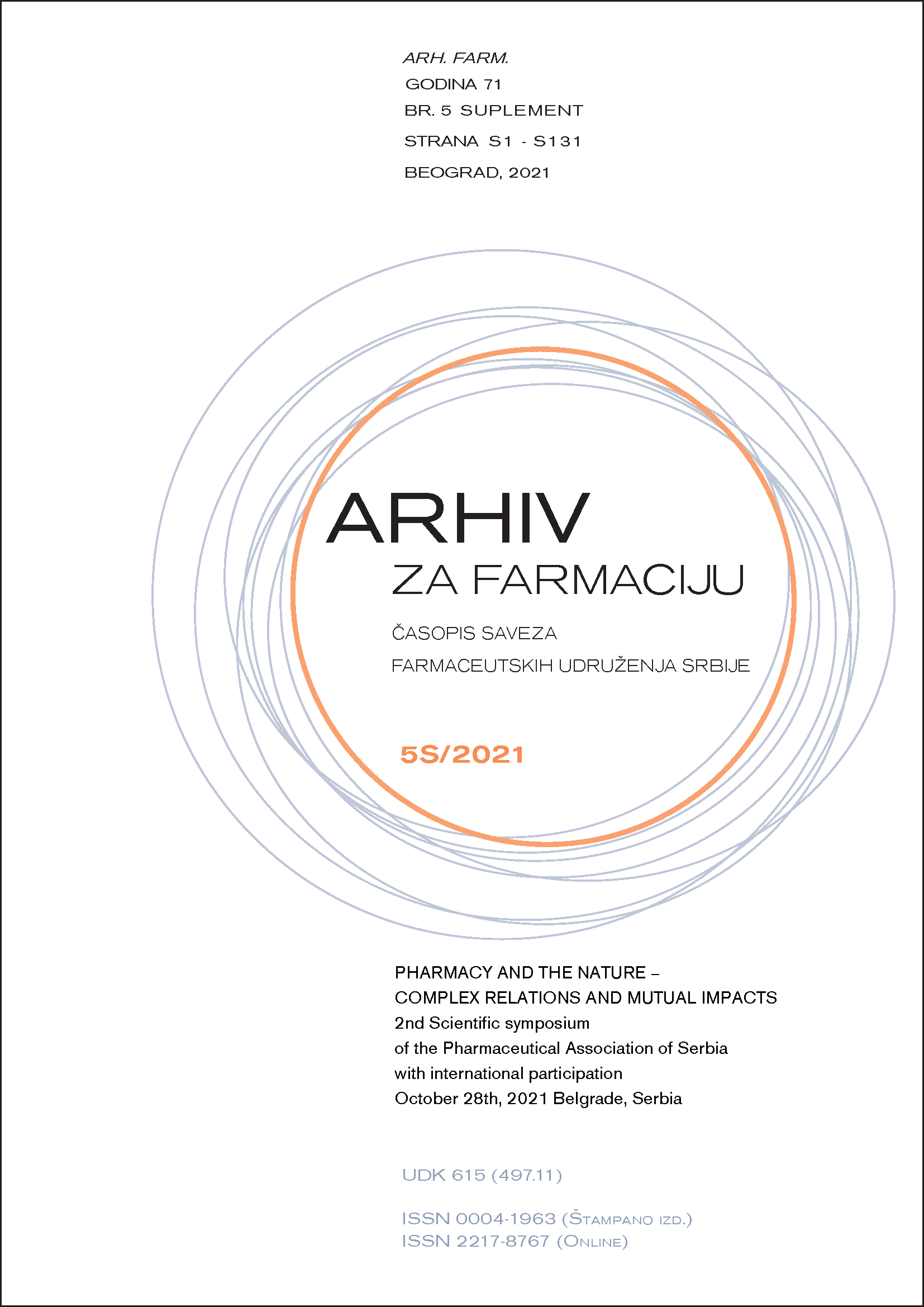EMULSIONS WITH NATURAL ALKYL POLYGLUCOSIDES AS CARRIERS FOR TOPICAL SPIRONOLACTONE – IN VIVO SKIN PENETRATION STUDY
Abstract
Acne vulgaris is a chronic disease that affects sebaceous glands. Two key factors in the pathogenesis of acne are controlled by androgens. As an antiandrogen drug, spironolactone (SP) has the ability to block androgen receptors, so it is being used in dermatology as off-label topical acne therapy (1). Alkyl polyglucosides (APGs) are class of “green” surfactants produced from renewable resources. Glycolic acid (GA) is often used as an adjuvant treatment of acne, but at the same time it is presumed that GA could act as a penetration enhancer. In our previous research APG-based emulsions with 5% SP have shown satisfactory physical stability and safety profile (2). The next step is to examine the penetration of SP through stratum corneum (SC) using tape stripping technique (3).
To that aim, we prepared three different samples. We planned to compare SP penetration from different vehicles, with or without GA. Five volunteers participated in the study. Each sample was applied on the appropriate place on the inner side of the forearm. After a defined period of time, residues were removed. Removing of SC was performed using 10 self-adhesive tapes. After application to the skin, each strip was exposed to constant pressure, then it was removed. All strips from one test site were stored overnight in a solvent mixture of phosphate buffered saline pH 7.4:acetonitrile 1:2 (V/V). The resulting solutions were centrifuged and analyzed by HPLC to determine SP content (3).
The obtained results show statistically significant difference in SP content after the application of samples F1 and F3, indicating that SP penetrates into skin more quickly and to a greater extent from the gel vehicle. The cumulative amount permeated from F3 was almost 2-fold higher than that observed for F1, which indicates that applied SP remains on the skin to a greater extent when incorporated into emulsion vehicle, or that SP release was slower from the F1 sample. Also, no difference in SP penetration was observed from the samples F1 and F2, presuming that GA does not affect SP penetration through SC. Additional in vitro release and percutaneous absorption studies are needed.

